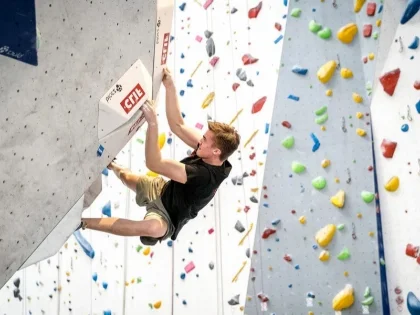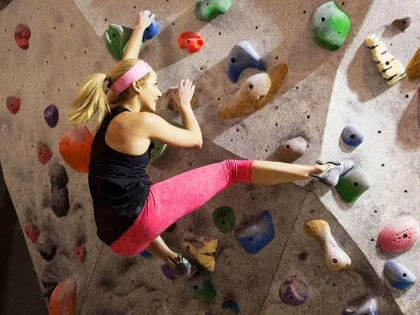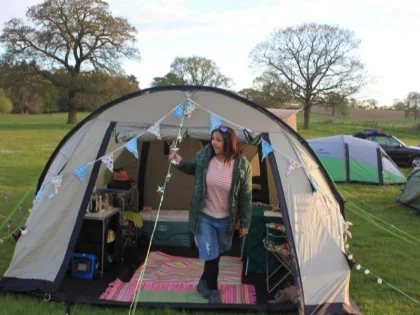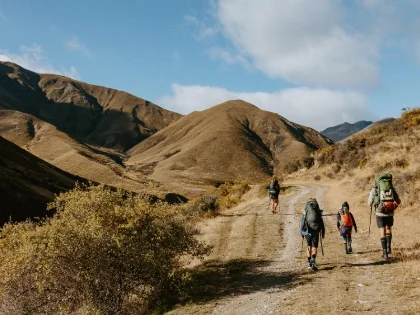Is Rock Climbing Better Than Gym?
Exercise and a fun, thrilling approach to raising your heart rate are rock climbing. It also offers an excellent body-building workout that eliminates the need to work out at the gym. All you need to start rock climbing is your climbing equipment, some chalk, and a pair of shoes. You'll become aware of how many different muscles are used on a route once you begin climbing.
It's a full-body exercise.

Enjoyable
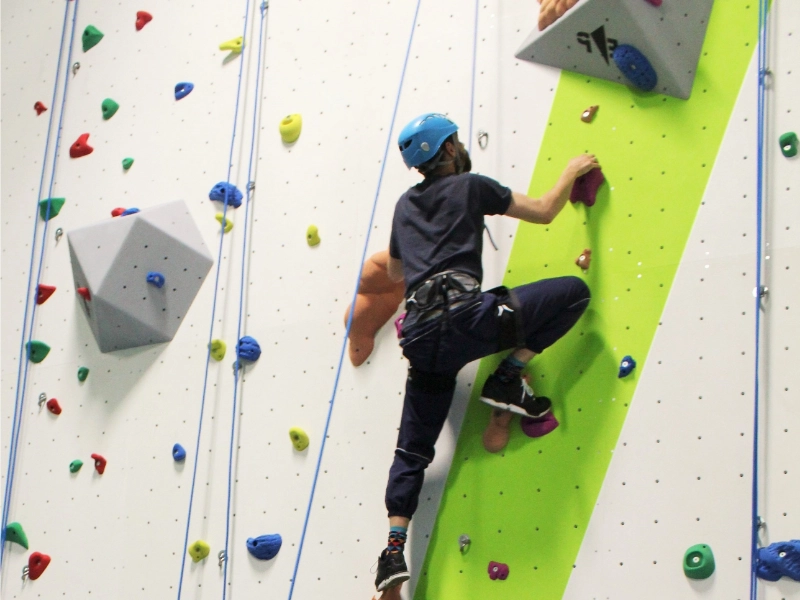 You have to utilize your brain to navigate and figure out a problem on the wall in order to climb. The whole family will enjoy this tough yet rewarding sport.
Although it's not as strenuous as running miles on the treadmill or around your block, it's still a fantastic cardio exercise. It is sufficient to raise your heart rate to warm up before swiftly climbing the wall to burn calories and engage muscles that other types of exercise might not target.
It's also a fantastic opportunity to interact socially with loved ones. On the wall, you may even engage in a game of tag where one player assumes the role of "it" and tags other players who must climb up to touch them. Compared to racing around a field, this keeps everyone interested and makes it more enjoyable.
You have to utilize your brain to navigate and figure out a problem on the wall in order to climb. The whole family will enjoy this tough yet rewarding sport.
Although it's not as strenuous as running miles on the treadmill or around your block, it's still a fantastic cardio exercise. It is sufficient to raise your heart rate to warm up before swiftly climbing the wall to burn calories and engage muscles that other types of exercise might not target.
It's also a fantastic opportunity to interact socially with loved ones. On the wall, you may even engage in a game of tag where one player assumes the role of "it" and tags other players who must climb up to touch them. Compared to racing around a field, this keeps everyone interested and makes it more enjoyable.
It's Community
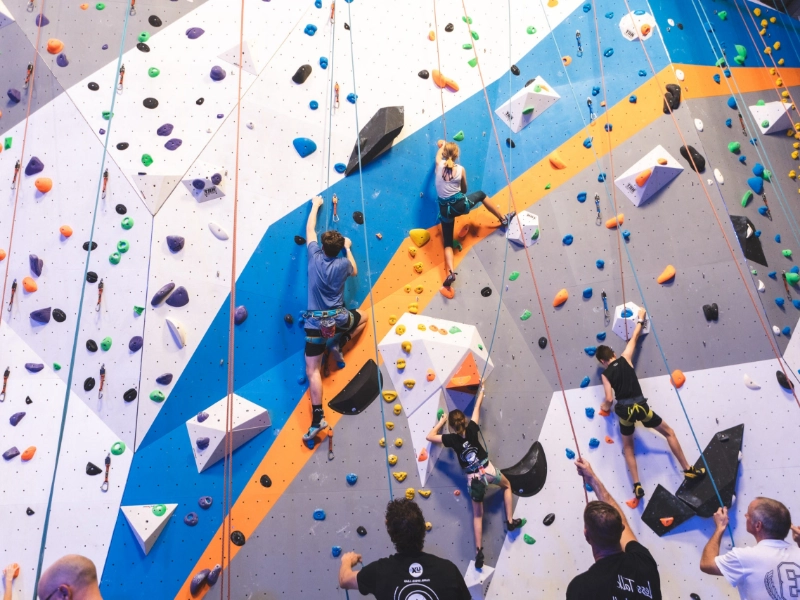 Surprisingly, rock climbing is a social sport. You are never truly alone unless you are bouldering, which is typically done alone. Because someone else is tugging on the other end of the rope, even if you fall off the wall, it won't travel very far because you are tethered to the wall by a belay system.
Climbing is a fantastic full-body exercise that calls for balance, eye-hand-foot coordination, and attention to precision. It also increases your agility and core strength. The best aspect is that you are in a low-risk atmosphere and are always competing with yourself to improve your performance, unlike when you jog or pound the treadmill. It's a certain way to succeed and have fun! It's a fantastic method to make new friends.
Surprisingly, rock climbing is a social sport. You are never truly alone unless you are bouldering, which is typically done alone. Because someone else is tugging on the other end of the rope, even if you fall off the wall, it won't travel very far because you are tethered to the wall by a belay system.
Climbing is a fantastic full-body exercise that calls for balance, eye-hand-foot coordination, and attention to precision. It also increases your agility and core strength. The best aspect is that you are in a low-risk atmosphere and are always competing with yourself to improve your performance, unlike when you jog or pound the treadmill. It's a certain way to succeed and have fun! It's a fantastic method to make new friends.
It's Difficult
 Rock climbing works every muscle in your body, whether you're 60 feet above the ground, sport climbing or bouldering in the gym. It also calls for endurance, intelligence, and coordination. Climbing makes you continuously consider your next move and which hands and footholds will provide you with the most support.
Making progress in climbing is very fulfilling because of this mental struggle. Unlike other types of exercise, climbing offers quantifiable success and achievement metrics, which serve as powerful inducements to keep getting better.
It's also a really fun way to switch up your exercise regimen! See if you can get to the finish line of a new game of rock climbing tag without anyone falling off with your buddies. This game will improve your grip strength, balance, and core strength and is a lot of fun!
Rock climbing works every muscle in your body, whether you're 60 feet above the ground, sport climbing or bouldering in the gym. It also calls for endurance, intelligence, and coordination. Climbing makes you continuously consider your next move and which hands and footholds will provide you with the most support.
Making progress in climbing is very fulfilling because of this mental struggle. Unlike other types of exercise, climbing offers quantifiable success and achievement metrics, which serve as powerful inducements to keep getting better.
It's also a really fun way to switch up your exercise regimen! See if you can get to the finish line of a new game of rock climbing tag without anyone falling off with your buddies. This game will improve your grip strength, balance, and core strength and is a lot of fun!
It's an educational opportunity.
 It takes a lot of preparation, thinking, and problem-solving to climb. As they advance on more difficult climbs, students learn how to read a route, consider their own strengths and weaknesses, collaborate, and have mutual trust.
Climbers must rely on their belayer to keep them safe when they "lead" a route—that is, when they forge their own route up the rock face instead of clipping pre-placed bolts. Clear responsibilities, effective communication, and patience are required for this.
In addition, muscles are used in climbing in a manner not seen in weightlifting: isometric muscle contractions, such as maintaining a plank, are used to activate and stabilize the muscles. Enhancing balance and coordination while fortifying the entire body is the goal of this. Additionally, it's a fantastic method to strengthen the mind-body link.
It takes a lot of preparation, thinking, and problem-solving to climb. As they advance on more difficult climbs, students learn how to read a route, consider their own strengths and weaknesses, collaborate, and have mutual trust.
Climbers must rely on their belayer to keep them safe when they "lead" a route—that is, when they forge their own route up the rock face instead of clipping pre-placed bolts. Clear responsibilities, effective communication, and patience are required for this.
In addition, muscles are used in climbing in a manner not seen in weightlifting: isometric muscle contractions, such as maintaining a plank, are used to activate and stabilize the muscles. Enhancing balance and coordination while fortifying the entire body is the goal of this. Additionally, it's a fantastic method to strengthen the mind-body link.


